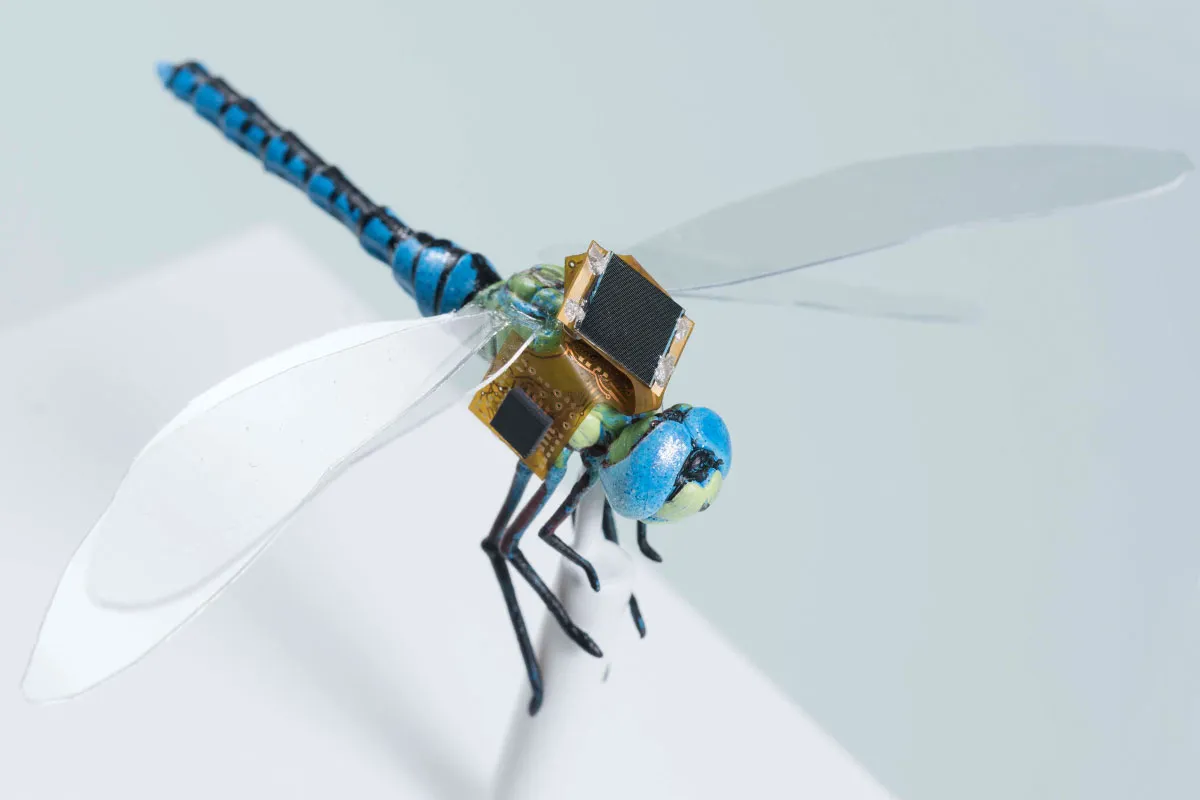How Nano Drones Are Revolutionizing Surveillance and Research
The advent of nano drones has brought about significant advancements in surveillance and research. These compact and highly agile unmanned aerial vehicles (UAVs) have proven to be game-changers in various sectors, offering unparalleled advantages in security, scientific exploration, and environmental monitoring. Their small size, combined with cutting-edge technology, allows them to perform tasks that were previously challenging for larger drones, making them invaluable tools in modern-day applications.
Nano drones are particularly beneficial in surveillance operations due to their discreet nature. Law enforcement agencies and military units use them for reconnaissance missions, border security, and monitoring high-risk areas. Unlike traditional surveillance systems, nano drones can access confined spaces, navigate through difficult terrain, and operate undetected, making them ideal for intelligence gathering. Additionally, their ability to capture high-resolution images and real-time video footage enhances security measures and helps authorities respond effectively to potential threats.
Apart from security applications, nano drones are also making strides in scientific research. Environmental scientists deploy these miniature UAVs to study ecosystems, monitor wildlife, and collect air quality data. Their ability to maneuver through dense forests, fly over inaccessible regions, and gather critical information without disturbing the natural habitat has revolutionized ecological research. By providing real-time insights, nano drones aid researchers in assessing climate change impacts, tracking endangered species, and developing conservation strategies.
Medical research has also benefited from nano drone technology. Scientists use them in laboratory settings to transport microscopic samples, assist in drug delivery experiments, and conduct bioengineering studies. Their precision and agility allow for intricate procedures that enhance research outcomes, paving the way for advancements in medicine and healthcare technology. Furthermore, nano drones are being explored for applications in disaster response, where they can navigate through rubble and deliver essential medical supplies to hard-to-reach areas.
Another area where nano drones are proving to be transformative is industrial inspections. Industries such as energy, construction, and infrastructure maintenance employ these small UAVs to assess structural integrity, inspect pipelines, and monitor hazardous environments. Their ability to access tight spaces, capture detailed imagery, and operate autonomously reduces the risks associated with manual inspections while improving efficiency and accuracy.
Despite their numerous advantages, the widespread adoption of nano drones comes with challenges. Limited battery life, payload constraints, and regulatory restrictions pose hurdles to their deployment. Ensuring data security and preventing unauthorized drone usage are also crucial concerns that need to be addressed. However, continuous advancements in miniaturization, artificial intelligence, and battery technology are expected to enhance the capabilities of nano drones, making them even more efficient and reliable.
The future of nano drones looks promising as researchers and engineers continue to push technological boundaries. With ongoing innovations in swarm intelligence, AI-powered navigation, and enhanced sensor integration, these tiny UAVs will become even more sophisticated and versatile. From enhancing surveillance operations to revolutionizing scientific exploration, nano drones are poised to play a pivotal role in shaping the future of various industries. As their capabilities continue to expand, they will undoubtedly become indispensable tools in the pursuit of knowledge, security, and innovation.
.png)






Leave a Comment
Your email address will not be published. Required fields are marked *